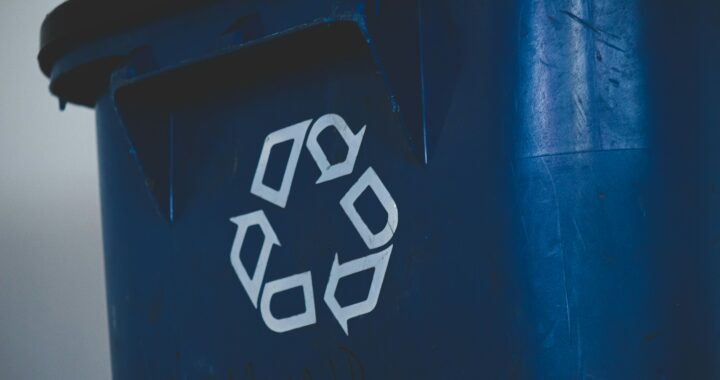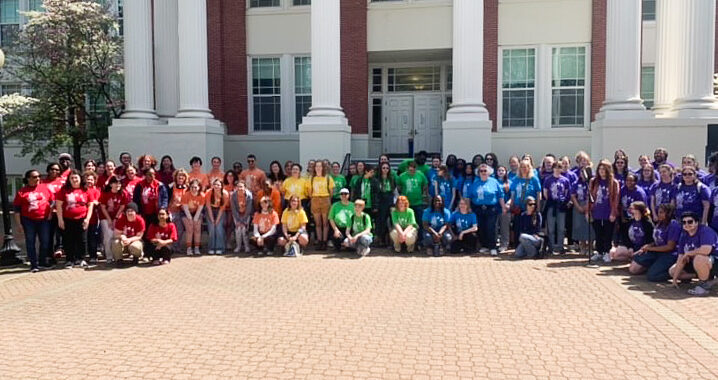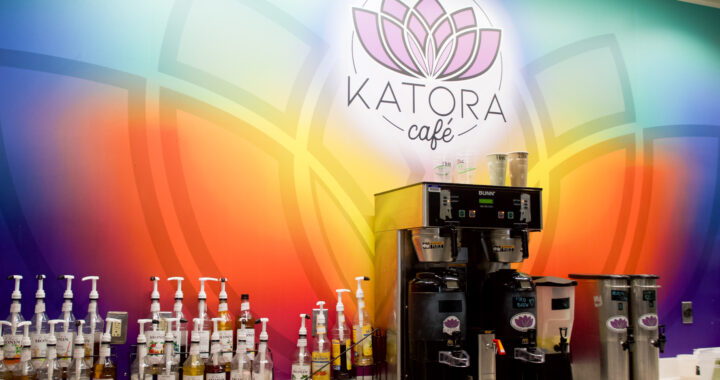139 Blue Lights Cover 176 Acres
4 min readThe University of Mary Washington has 139 blue light stations across its 176-acre Fredericksburg campus, a number that is large compared to most other Virginia state schools.
The university’s blue light system serves a campus of approximately 4,000 undergraduate students. Longwood University, with a campus of 3,600 students, has 40 emergency lights, while Old Dominion University has only 45 for its campus of around 24,000 students.
“The University has always believed that it is better to be sure a phone is available in locations of high use,” said Susan Knick, assistant vice president for public safety and community services.
“Clearly the blue light system is there for the safety of our students. It provides a resource for our students who are under some sort of distress,” said George Farrar, university spokesman.
James Sennett, vice president of the Student Government Association, also noted the disproportionate number of blue lights around the campuses of Virginia schools.
“We researched that there are only about 10 to 20 blue lights on the GMU campus, and their campus is exponentially larger than ours,” Sennett said.
Virginia Tech, a school that is known for its recent implementation of many new campus security measures, has 51 emergency blue lights surrounding its campus of 31,000 students.
Recently, the Chronicle of Higher Education noted in an article that American University has opted to utilize cell phones as well as blue lights in emergency situations, with a push of a button alerting campus police to a crisis.
“Since just about everyone on the campus has a cell phone these days, the devices are easier for students to get to than the 28 emergency phones noted by shining blue lights positioned around the campus,” the article stated.
When asked about how the lights on the UMW campus work, Michael Burgess, a former UMW student security officer from 2007 to 2008, said a student just has to press the emergency button, and it immediately phones the UMW police department where an officer picks up and responds.
“There were very few blue light emergencies when I was there,” Burgess said. “Most of the emergencies were disturbances by people that were banned from campus.”
Burgess was most disappointed with how antiquated the blue light system was.
“There was a piece of paper full of three-digit letter-number combinations with descriptions of where the blue lights were located, and the numbers didn’t correspond with each other,” Burgess said. “It was all arbitrary.”
“At this time there is not a map because that requires a GIS interface, which we do not yet have,” Knick said.
To improve the system, Burgess suggested a computerized automated system with a map of campus. The map would have lights indicating where the blue light that is being used is located.
“[The old blue lights] are really short,” he said. “If a big automobile parks in front of one, you wouldn’t be able to tell [the light] was there.”
According to Sennett, he had been working with Knick and President Rick Hurley for the past two years, along with Buildings and Grounds, to install five new lights.
“It was a student concern for more lighting and more blue lights,” Sennett said. “Through safety walks around campus, we compiled a list of problem areas.”
According to Sennett, the University spent $250,000 on a new facility services plan that included the new lights.
“We installed new ones around the Jepson Alumni Center and [along] College Avenue,” Sennett said, noting that the new lights are made of metal while the old ones are wood.
“They are a safety symbol, and they have been since the 1970s, until the invention of the cell phone made them obsolete,” he continued. “That’s why we are trying to create a better police presence as well.”
Sennett also confirmed that the administration will be adding about 10 more blue lights to Eagle Village.
UMW’s relatively large number of emergency blue lights could indicate a greater emphasis on security by the UMW police department.
However, some see it as wasteful to spend money increasing the size of a system that may already be outdated.
“I feel like that money should have gone to providing air conditioning in all dorms,” said Glenn Gatzke, a junior business major.
When asked why he thought UMW has so many blue lights as compared to other schools, Gatzke attributed it to the school’s history as a largely female institution.
“UMW has a 70 percent female population, and it may be due to the perceived vulnerability of females in general,” he said.
The UMW Crime Log, located in Brent House, states that from March 3, 2009 to March 3, 2010, there were 236 crimes reported.
The UMW police department makes no distinction between the crimes reported via blue light phones and those reported in person or by other sources. Most of the crimes appear to be alcohol-related, or deal with the destruction of property or larceny in some form.
When asked if he had ever felt compelled to use the blue light phones, Gatzke replied that he hadn’t.
“I’ve never felt the need because I am relatively safe, and I carry a terrifying knife,” Gatzke said. “[The blue lights] provide a false perception that [those who use the phones] are in a safe or free zone, like the attacker will stop.”
He also mentioned that this would require the person making the call to flee.
“[It’s] useless to hit a light for help when you’re just going to have to run away,” he said.
-Brooks Burnett, Andrew Campbell, Emily Azzara, Matthew Blakley and Anne Elder contributed to this report.
Photos by Marie Sicola/Bullet












